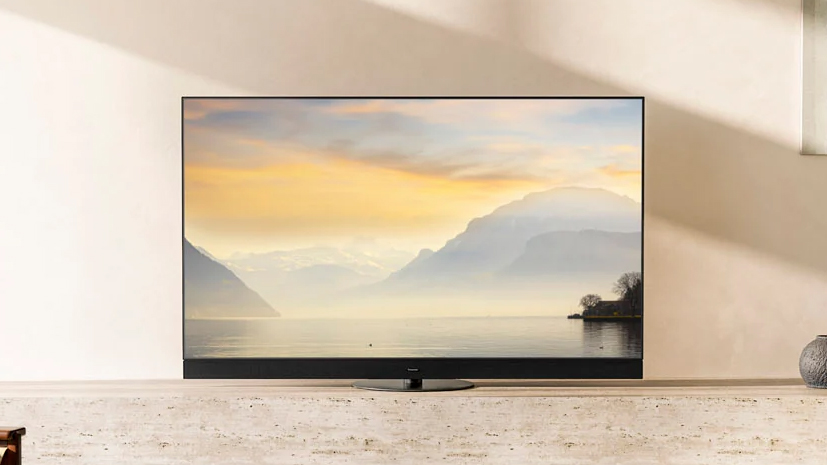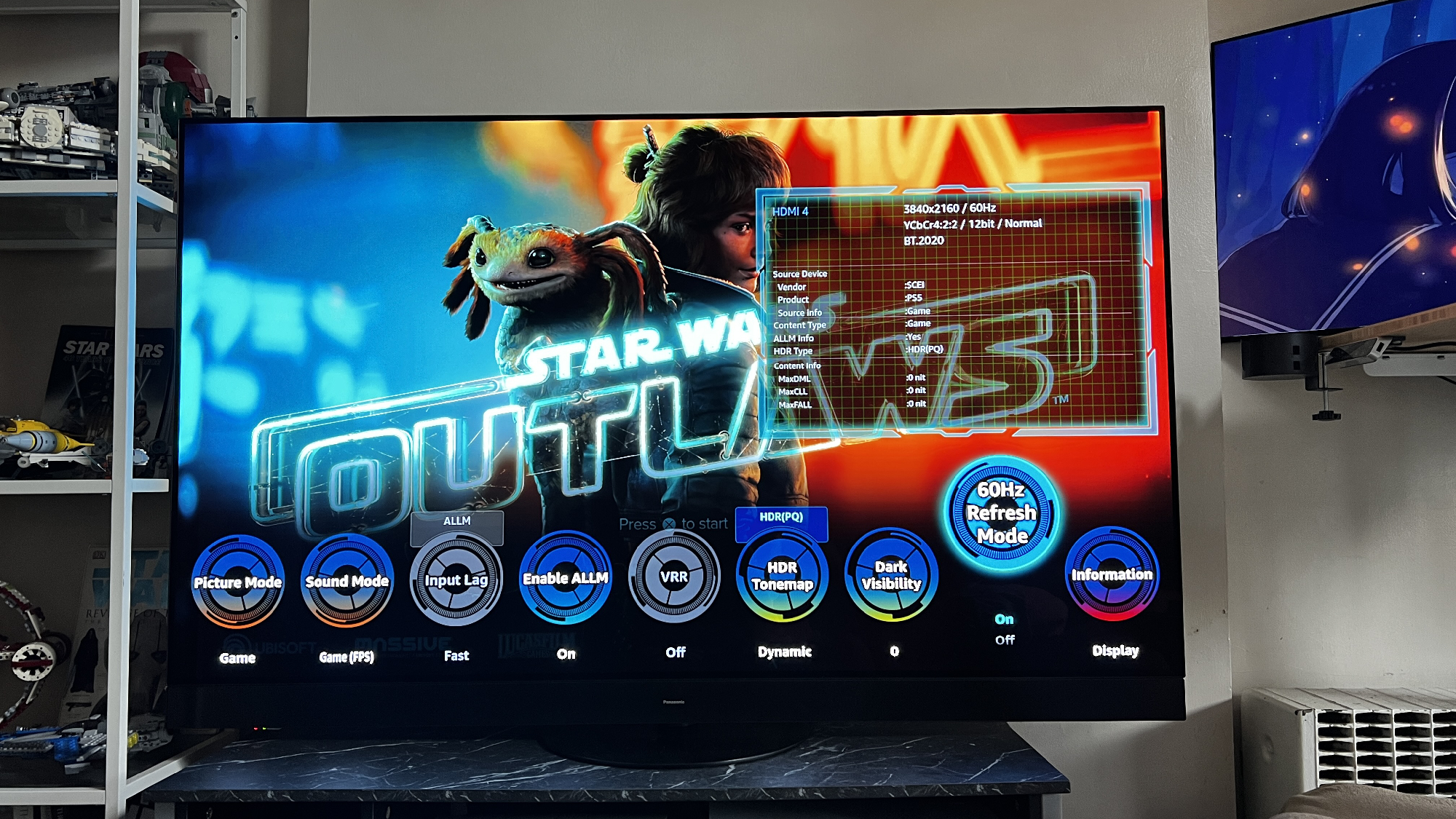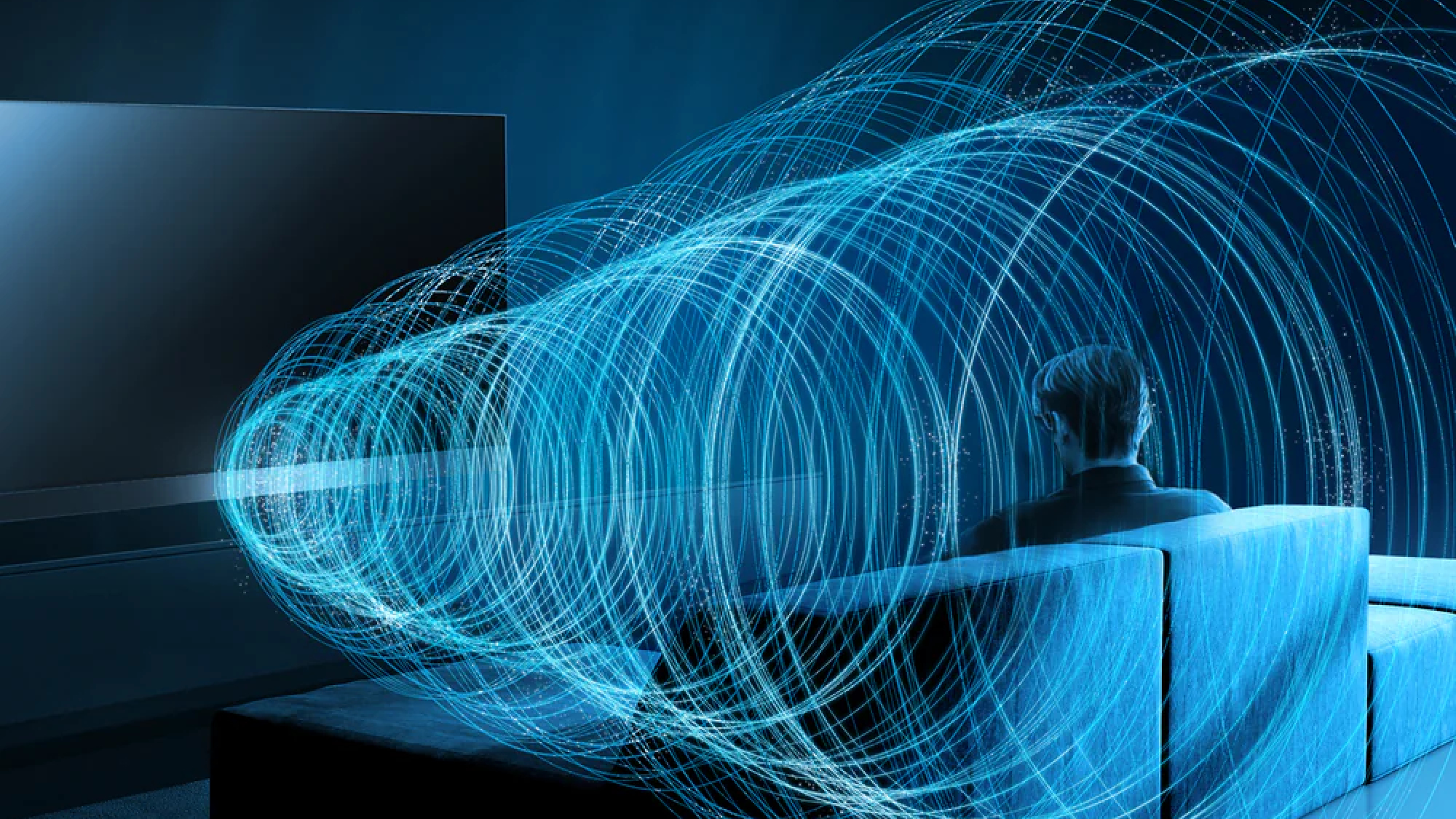
If there's anything we consistently complain about when it comes to displays, it's the incredibly middling sound systems on offer. Even premium, more high-end models like those among the best OLED TVs tend to have rather poor speakers that require just a little extra oomph for more clarity and immersion.
That's why I'm here to say more TV makers need to copy the Panasonic Z95A OLED TV. Why? Well, it's got one of the largest (and loudest) speaker systems we've ever seen on a TV. There's several benefits to this, like making Dolby Atmos all the more entrancing and gaming an absolute riot.
But it's what Panasonic does with that speaker system that makes all the difference. After all, size isn't everything, am I right? Panasonic's Sound Focus feature allows users to more accurately adjust the way their speaker system works for them. It's actually an incredibly feat of software that I think few are talking about.
There's a slew of benefits to bringing better speakers to next year's flagship TVs. Let's get into why more TV makers need to put a better emphasis on their TV speakers and why Panasonic's Z95A is the poster child.
Unbridled oomph in your TV speakers

You're always going to need to pair any new TV purchase with one of the best soundbars as they're just not great. That is, none of those among even the best TVs have great audio — except of course for the Panasonic Z95A OLED TV, the only display I've seen with a 5.1.2-channel speaker system at a whopping 160W output.
That's some serious firepower that even some soundbars don't hold a candle to let alone OLED TVs. As I mentioned in my review of the Panasonic Z95A, the only TV to come close in sheer output power would be the Hisense U9N Mini-LED TV, which sports an 82W speaker output.
If that says anything it should be a testament to the middling audio found on most TV sets, as the U9N is one of Hisense's most premium 2024 Mini-LED TVs, sporting a starting price of $2,999. That's also to paint the picture we're working with in terms of pricing, as adding such a robust speaker system certainly won't come with a lower MSRP.
But it would most certainly save you money. If something like the LG C4 OLED TV, which currently has all but a mere 40W 2.2-channel system, was retrofitted with a more powerful speaker, say something more like 82W on a 2.1.2-channel system, it would be far more beneficial to the end user. It might cost a bit more, but the C4 always proves to be one of the most value-intensive OLEDs in the market.
Not only would this mean you don't not need to buy any additional soundbar or even more expensive sound system, but it would also allow LG engineers to do some interesting stuff on the software side of things with the TV audio. Once again, just look to the Panasonic Z95A and its Sound Focus feature for inspiration. It's more than just a sound investment.
Focusing on the sound

When I was first introduced to the Panasonic Z95A and its Sound Focus feature, I was blown away. The team flew all the way from Japan to show me how it worked, allowing users several different forms of control over how their OLED TV utilizes the internal speaker.
Beyond just the main presets on offer, such as Sport, Area, Pinpoint, and Ambient, users can also choose specific areas on a 120 degree axis point. In my initial briefing, one example Panasonic gave for using this is to allow the elders in the household better hearing capabilities. Essentially, both Pinpoint and Area can let you place the perfect sound in a cone around your favorite seat in the house.
That's pretty awesome if you think about, especially if you're prone to watching TV on somewhat of an angle. Off-axis viewing, while pretty common, tends to leave open potential distortions to TV audio as you're not directly facing the speakers. But with Panasonic's Sound Focus feature, that literally doesn't matter at all as you can be facing the TV from practically any angle and hear perfectly well with a few tweaks.
Now, does that mean you shouldn't ever pair your TV with a model among the best Dolby Atmos soundbars? No, in fact I think even if TVs did get better audio, you're still probably better off with a soundbar. They're just much more well-refined and often even have far advanced specifications, like the new Sonos Arc Ultra and its custom-built Sound Motion audio driver technology.
Then again, maybe Panasonic and Sonos could work together and get the latter's Sound Motion technology on the next Z95A? Now that would be something to balk at even if it's highly unlikely. But Sonos is working on its own ad-supported TV operating system, so maybe there's room for it in the TV industry in some capacity.







